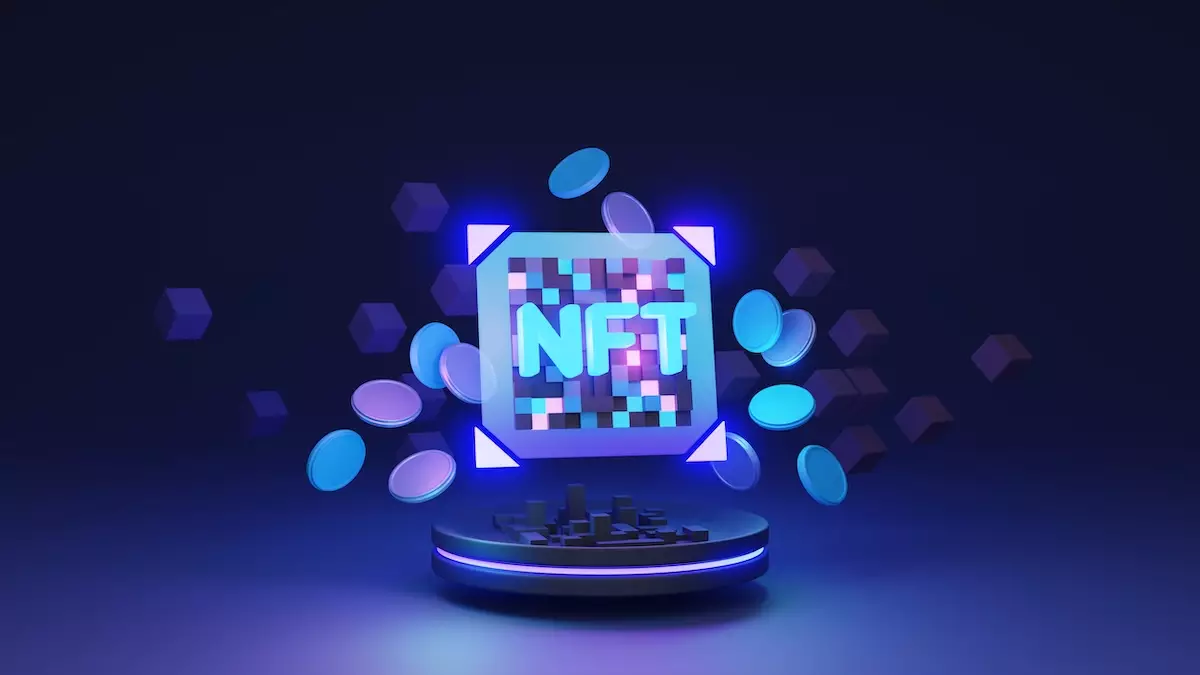The landscape of the digital world has experienced a seismic shift over recent years, particularly with the emergence of Non-Fungible Tokens (NFTs). Once a niche within the blockchain ecosystem, NFTs have evolved into a robust market encompassing digital art, virtual assets, collectibles, and much more. While some NFTs command astonishing prices at auctions, others seem to evaporate into obscurity just as swiftly. Amidst this volatility, a growing number of creators and investors are harnessing predictive analytics to ascertain future NFT valuations. But how effective is artificial intelligence (AI) in anticipating the next breakthrough in the NFT arena?
Predictive analytics essentially utilizes historical data combined with sophisticated algorithms to detect trends and predict future outcomes. In the realm of NFTs, this process incorporates several data types, including historical transaction records, social media discussions, and overall market sentiment. By analyzing these elements, stakeholders can glean insights into how specific NFTs or entire categories may perform going forward.
The NFT phenomenon has attracted considerable attention from various sectors, including analysts, venture capitalists, and established corporations. While detractors continue to regard digital assets with skepticism, proponents view NFTs as a foundational element of Web3. Understanding the pricing dynamics and patterns is crucial for creators aiming to price their work appropriately and for investors on the lookout for mispriced assets.
At the heart of effective predictive analytics is a structured approach that involves several steps:
1. **Data Collection**: Gathering varied data—from transaction logs to social media interactions—is essential for trend identification.
2. **Model Selection**: Different analytical scenarios necessitate specific models, be it time series analysis or neural networks, as the choice impacts the outcomes.
3. **Feature Engineering**: Raw data needs processing into actionable features. For instance, assessing an NFT’s rarity might convert it into a quantifiable metric.
4. **Correlation vs. Causation**: Distinguishing between mere coincidences and actionable causes is critical. A price increase correlating with a trending tweet does not guarantee the tweet was responsible.
Transparency is one of the standout features of NFTs. Blockchain records allow individuals to view details regarding sales history, wallet holders, and transaction timestamps. Analysts can identify demand trends based on these clear indicators. For instance, a steady influx of new wallet holders for a collection may signal potential price appreciation.
Platforms like Twitter and Discord serve as vibrant hubs for NFT enthusiasts. Monitoring tweets, trending hashtags, and overall user sentiment can unveil rising trends or highlight projects boasting enthusiastic communities. AI-driven sentiment analysis tools have the capacity to sift through thousands of communications, summarizing the general outlook surrounding particular NFT ventures.
Reputation also plays a vital role in NFT valuation. Artists already celebrated in traditional art circles may experience an uptick in their NFT prices. The ability of AI to track past performances and brand mentions lends insights into how an artist’s reputation can impact pricing mechanisms.
It’s worth noting that NFTs do not operate in a vacuum. The broader cryptocurrency market—particularly Ethereum and Solana—can significantly affect NFT valuations. Factors such as high gas fees or prevailing negative sentiment surrounding cryptocurrencies can deter buyers. Conversely, bullish trends within major cryptocurrencies often extend to NFTs as new collectors are drawn into the market.
Analysts employ various models—such as ARIMA for time series forecasting—to predict price shifts over short periods. Nevertheless, these models can falter during dramatic fluctuations often triggered by viral trends on social media.
Despite the promise of predictive analytics, several challenges persist. The quality and consistency of data plays a significant role in determining the success of analytic models. There are discrepancies in how blockchain data is presented across different marketplaces, leading to incomplete or contradictory datasets. Analysts must often cross-check multiple data sources for accuracy.
Moreover, NFT projects frequently experience fleeting hype cycles driven by social media trends. AI models based on historical data may struggle to adapt quickly to these spontaneous fluctuations. Additionally, some creators might engage in wash trading—artificially inflating sales figures which mislead analytical impressions of genuine interest or value.
The expectation is that NFTs will continue to expand beyond mere speculation, evolving into assets tied to tangible utility such as gaming and membership tokens. As the market matures, predictive analytics, augmented by AI, will enhance their ability to grasp these nuanced shifts. The synergy of NFTs, the metaverse, and new blockchain methodologies offers a treasure trove of analytical possibilities.
As institutional interest grows and methods from traditional finance permeate the NFT realm, marketplaces will become more sophisticated, improving standards in data-driven practices. While analytics can illuminate paths forward, they are not without limitations. The essence of NFTs merges innovation, community dynamics, and cultural significance—elements that resist simple numerical representations.
By blending AI’s analytical precision with human insight and intuition regarding market trends, artists and investors poised to navigate this volatile space more effectively will find themselves in a strong position. Recognizing both the potential and constraints of predictive analytics as NFTs transition toward practicality will be crucial for success in this ever-changing industry.

